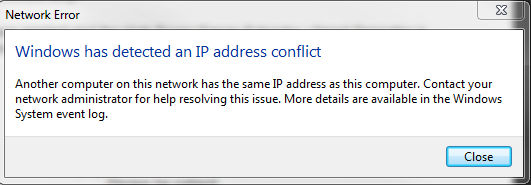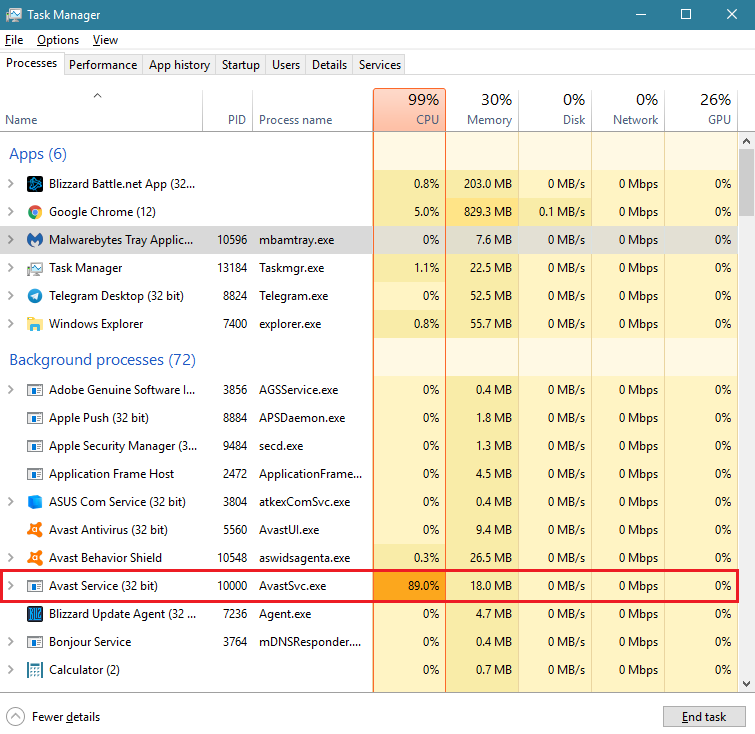There’s a strong possibility you’ve come across a notification indicating your browser needs to be updated when exploring the web. Suddenly, you’re presented with a number of “component” pages, none of which make sense.
This blog article will look at these components and what they perform for Chrome users so that they can make informed decisions about whether their browser is working properly.
Let’s begin by looking at the Components page link: The Components page offers information such as which Chrome versions are supported and where to get the most recent version. You may receive a notification that your browser needs to be updated when it is updated.

If you are already using the most recent version of Chrome, a notification will appear informing you that your browser needs to be updated.This page offers information such as which Chrome versions are supported and where to get the most recent version.
If you are already running the newest version of Chrome, a notification will appear when the browser is updated or when you receive an update notification, informing you that your browser needs to be updated.
Read Also:
Contents
- 1 Chrome://Components and Their Definitions
- 1.1 1. MEI Preload
- 1.2 2. Database of Intervention Policies
- 1.3 3. Filter Rules for Subresources
- 1.4 4. Integrity of Subresources
- 1.5 5. Error Detection Assistant for Certificates
- 1.6 6. Tool for Software Reporting
- 1.7 7. The CRLSet
- 1.8 8. Service Updates
- 1.9 9. User Agent Strings
- 1.10 10. Adobe Flash Player
- 1.11 11. Filler for SmartScreens
- 1.12 13. EV Certificates
- 1.13 14. Tree Heads with Signatures
- 1.14 15. Policies for File Types
- 2 Conclusion
Chrome://Components and Their Definitions
Examine them for yourself.
1. MEI Preload
When you use Chrome on a device that supports 3G or 4G data connections (such as a mobile phone), the MEI Preload module will help you save data by only downloading the minimum amount of data required to display websites from servers within your local network when your mobile carrier’s network is not active.
2. Database of Intervention Policies
Chrome protects users from dangerous websites by using a locally saved list of insecure or possibly harmful websites and domains.
A user or administrator may mark certain of these sites as “interventions,” allowing Chrome to take measures like as limiting access to the site or removing it from the Intervention Policy Database.
3. Filter Rules for Subresources
This plugin blocks potentially dangerous resources from being loaded by Chrome webpages, such as font or Javascript files. Subresource Filter imposes filters to prohibited files on the client that are quite similar to Firefox’s Subresource Integrity feature.
4. Integrity of Subresources
Subresource Integrity is a web page limitation that prevents fonts or other resources from being loaded that could be utilised in cross-site scripting (XSS) attacks.
5. Error Detection Assistant for Certificates
CEA will try to fix certificate issues in the user’s browser. When one is encountered, a message with the message and the URL of the website where the problem occurred will be displayed.
Users who have outdated, misconfigured, or faulty certificates in their browser can utilise CAA to quickly address the problem.
6. Tool for Software Reporting
This programme can be used to check the software and programmes on a user’s PC. If a piece of software is found that the operating system is unfamiliar with, the user will be notified.
This is helpful for app developers who want to make sure their programme works with all operating systems and browser versions.
7. The CRLSet
This database contains revoked public certificates, which Chrome’s certificate verifier uses to decide whether a certificate should be accepted or rejected.
8. Service Updates
Chrome checks for updates on a regular basis to ensure that you have the most recent version of the browser. Chrome will give you the choice to download and install an update when you receive a message that one is available.
9. User Agent Strings
This module is used by web pages to recognise distinct browsers, allowing them to adapt their content based on the system’s web browser (i.e., Chrome).
10. Adobe Flash Player
Flash Player is a piece of software that allows websites to display videos. Most browsers have Flash Player installed, and latest Chrome versions require the player to be operating on the user’s computer while accessing a webpage.
11. Filler for SmartScreens
This filter works in conjunction with Windows 8’s Internet Explorer and Google Chrome capabilities, alerting users when they come across potentially harmful websites when surfing the web.
Widevine is presently only supported by Chrome, although plans are in the works to provide support for other browsers. The Widevine CDM is a content decryption method that works with the Adobe Flash Player to broadcast video over the internet.
13. EV Certificates
Google offers a free service to check if the certificate of an HTTPS site matches the owner of the domain. A warning will appear in Chrome’s address bar if there is a discrepancy, indicating that the site’s authenticity cannot be validated. This capability is also useful for verifying and identifying EV certificates.
14. Tree Heads with Signatures
This module is used to ensure that the code in Chromium, Chrome’s open-source project, is genuine. Each version of Chrome is built from a software “tree.”
This tree represents all of Chrome’s code since its inception. Newer versions of Chrome are developed by modifying only a tiny piece of this tree, allowing developers to construct a new version without having to rebuild the entire tree from the ground up.
When you download and install a new version of Chrome, it double-checks each piece of code it receives to make sure it hasn’t been tampered with.
15. Policies for File Types
This module specifies which file types Chrome can and cannot launch. When users choose to open a file extension in Chrome, they may specify which applications they want to run by default.
Some file extensions, such as Executable-Bit HTML files, are considered harmful by default and cannot be opened.
Read Also:
- WMI Provider Host High CPU Usage
- NVIDIA Control Panel Missing
- ERR_CONNECTION_TIMED_OUT Error in Chrome
Conclusion
Chrome is a Google-developed open-source web browser that is currently the most commonly used, if not the only, web browser on the planet. Google Chrome’s built-in PDF viewer, ad filtering, and anti-phishing capabilities are among its standout features.
Many people spend a significant amount of time and effort searching the internet for information that is relevant to their life.
There’s no disputing that surfing the web may be entertaining, but it can also be aggravating when you can’t find what you’re looking for or when a website provides you with inaccurate information about something you actually need.
Google Chrome’s goal is to provide users access to all of the stuff available on the internet while also making it easy to browse.



